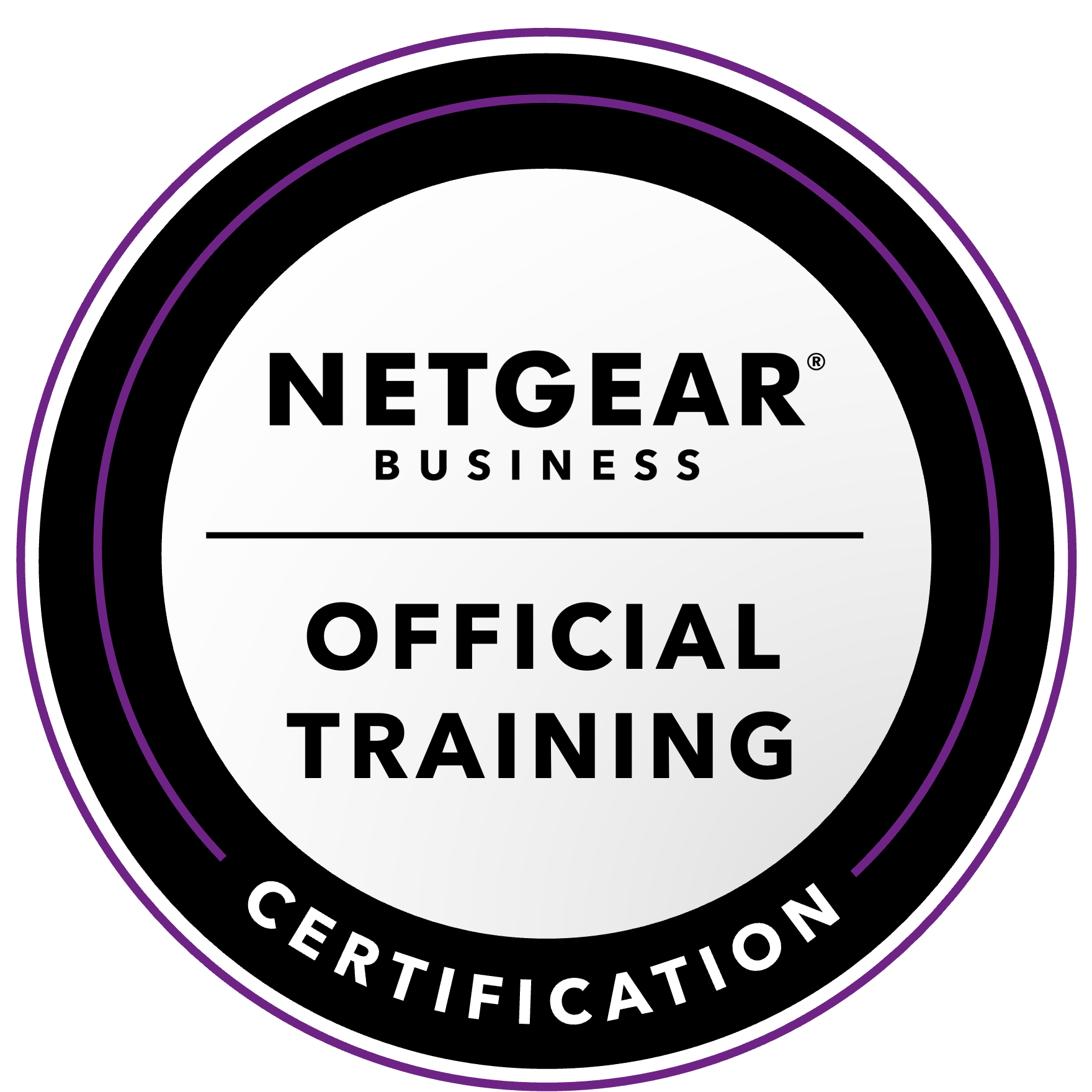NETGEAR is aware of a growing number of phone and online scams. To learn how to stay safe click here.
Forum Discussion
tigerten
Feb 17, 2023Luminary
here is how I created a local repository easily
Since the online repo expired a while ago, installation of previously installable packages are no longer installable, e.g. docker and portainer. Here is how I did by crating a local repo on a USB flash drive.
1.Format the USB drive (I chose NTFS)
2. Download the latest Debian 8.11.1 DVD ISOs. There are total of 3.
3. Create 3 folders on the USB drive and name the folders to: disk1, disk2, and disk3
4 mount the 3 ISOs and copy everything on that DVD to corresponding folder on the USB drive. This will take a while.
5.Plug the USB drive to you ReadyNAS
6. Check your ReadyNAS-->System-->Overview to find out the name of that USB drive. "USB_FLASH_1" in my case.
7. Use WinSCP to login to ReadyNAS and browse to /etc/apt to edit the "source/list" by replacing the last two lines with the following:
deb [trusted=yes] file:/media/USB_FLASH_1/disk1 jessie main local contrib
deb [trusted=yes] file:/media/USB_FLASH_1/disk2 jessie main local contrib
deb [trusted=yes] file:/media/USB_FLASH_1/disk3 jessie main local contrib
save the file and quit WinSCP
8. Use Putty to update the system: apt-get update
Quit Putty.
That is it!
9 Replies
Replies have been turned off for this discussion
- SandsharkSensei
OK, I'm not sure why, when your NAS has lots of space, you'd put the repository on a USB drive instead of in a share. Is there a particular reason to not do that?
Also, if I put in on a share on another NAS, my Googling seems to indicate I can replace file:/ with an entry in the form ftp://[[user][:pass]@]host[:port]/. Have you ever tried that? Or, I could also mount that share locally and use file:/.
- SandsharkSensei
OK, so I tried it and, yes, you can use another NAS (or any device accessible via FTP) as I stated. If you don't like embedding the user name and password or setting up anonymous FTP (which does so for all shares with FTP enabled), then it's also supposed to work via SSH, but I've not tried it. But, you need to have already exchanged SSH keys, as it doesn't even allow the use of user and password.
I did a factory default on a sandbox OS6 Intel-based NAS and tried but failed to install nano, my text editor of choice. The package was not found After following this process but with my mod of using another NAS and FTP, I successfully installed it and jigdo (see below).
Something else I'm in the process of doing is creating all 3 of the Debian 8.11.1 amd64 BluRay disks, which should be the whole kit-and-caboodle where the first three CD's just contain the most-used stuff. BD1 completed successfully, and I've moved on to BD2. I've not made them available via sources.list like with the CD's yet, but have no reason to believe the same process won't work. Am I ever going to need more than what's on the first few CD's? Probably not, but I have plenty of space on the NAS, so why not. I'll probably grab the Armel ones as well, though none of my NAS in use are ARM based. I'm doing it with jigdo on a NAS, but you may be able to do it in Windows, though I have seen postings on the web of some issues with files Windows cannot write because of the use of reserved Windows characters. But the latest jigdo for Windows actually uses the Linux for Windows bash shell, and maybe that fixes it. Most of those posts were a bit old. I may try that when I'm done creating them with Linux.
If you want to create the BluRays yourself, I'm not going into details. If you can't figure it out yourself, then you probably shouldn't be doing this. But I will give these hints: Your have to use http://cdimage.debian.org/cdimage/archive/8.11.1/amd64/jigdo-bd/debian-8.11.1-amd64-BD-1.jigdo (or BD2 or BD3) as the .jigdo file or download a local copy of it and the .template and point to those. You can't use https:. And you have to use an archive for the file source or you'll get a lot of 404 File Not Found errors and the creation will surely fail. Since Jessie hasn't changed in a while, I arbitrarily chose the Jan 1, 2022 snapshot at http://snapshot.debian.org/archive/debian/20220101T024315Z/.
And for another time: Is this even necessary, or can you point to the archive I listed instead of http://deb.debian.org/debian/ in sources.list?
- tigertenLuminaryThanks for digging and writing up.
I did the bluray for the same reason.
I used debian install and combined all three bluray disk to make one bit ISO. Then write it to the USB drive. Not neccisarily needed. Just looked neater than copying all 3 ISOs.
It is about 64gb, fits perfectly well in a Sandisk ultra fit.
USB is just an idea of concept, and simplest to me. USBs are cheap and there is no repeated writing or wear. Of you can use other sources as you experimented. It is personal.
Another thing:
Don’t try to add the oldoldstable under security as a source. You will be asked to upgrade packages from debian 9. It will break your system if you accidentally do upgrade. Obviously, jessie is now obsolete.
Here is the instruction for merging isos.
https://wiki.debian.org/MergeDebianIsos#Merging_several_Debian_Installation_ISOs_to_a_single_one
The only two sources you will need are the:
Netgear readynasos and this local source.
Related Content
NETGEAR Academy

Boost your skills with the Netgear Academy - Get trained, certified and stay ahead with the latest Netgear technology!
Join Us!
